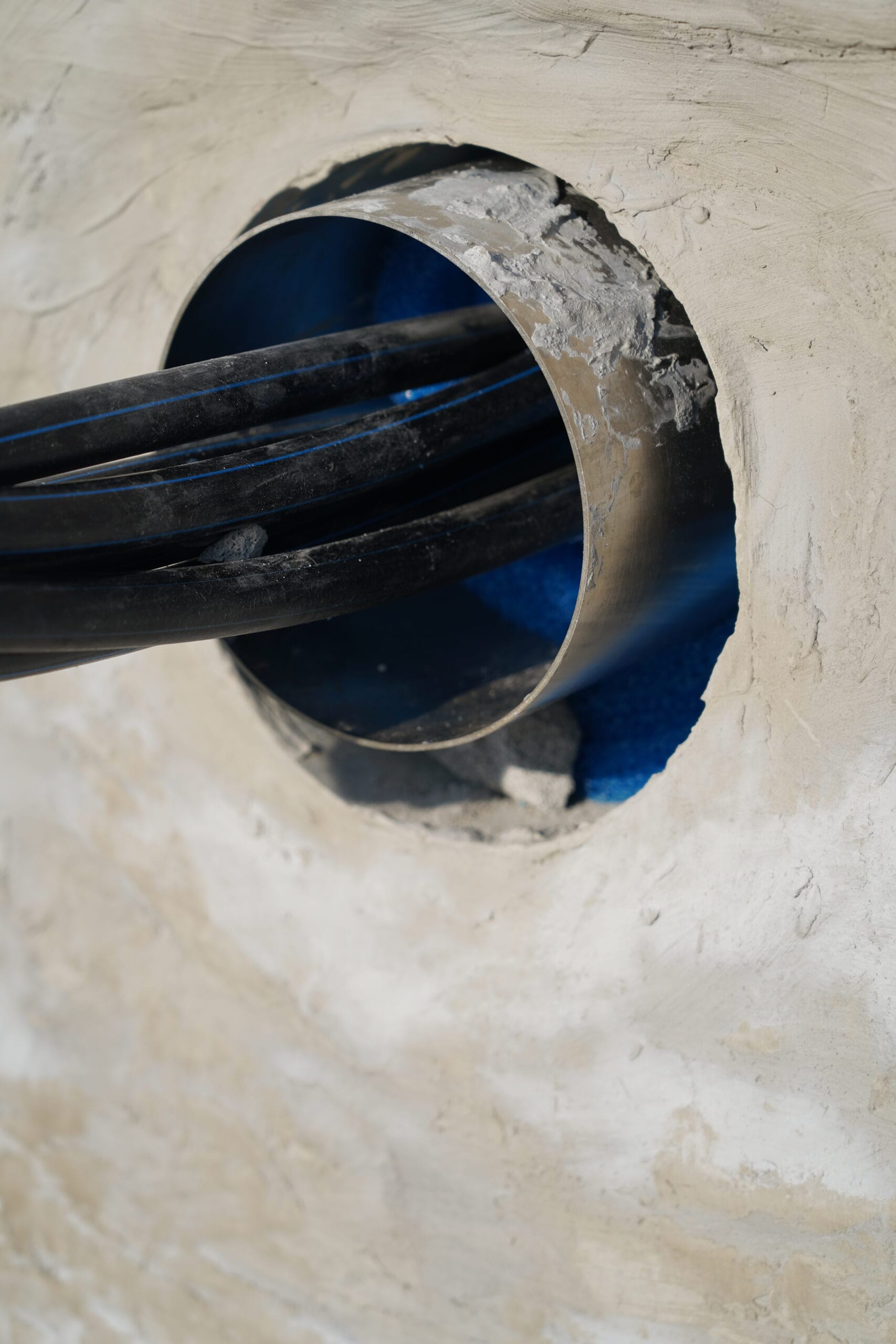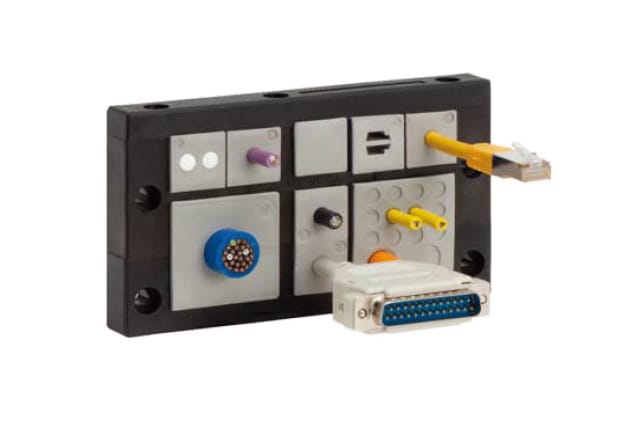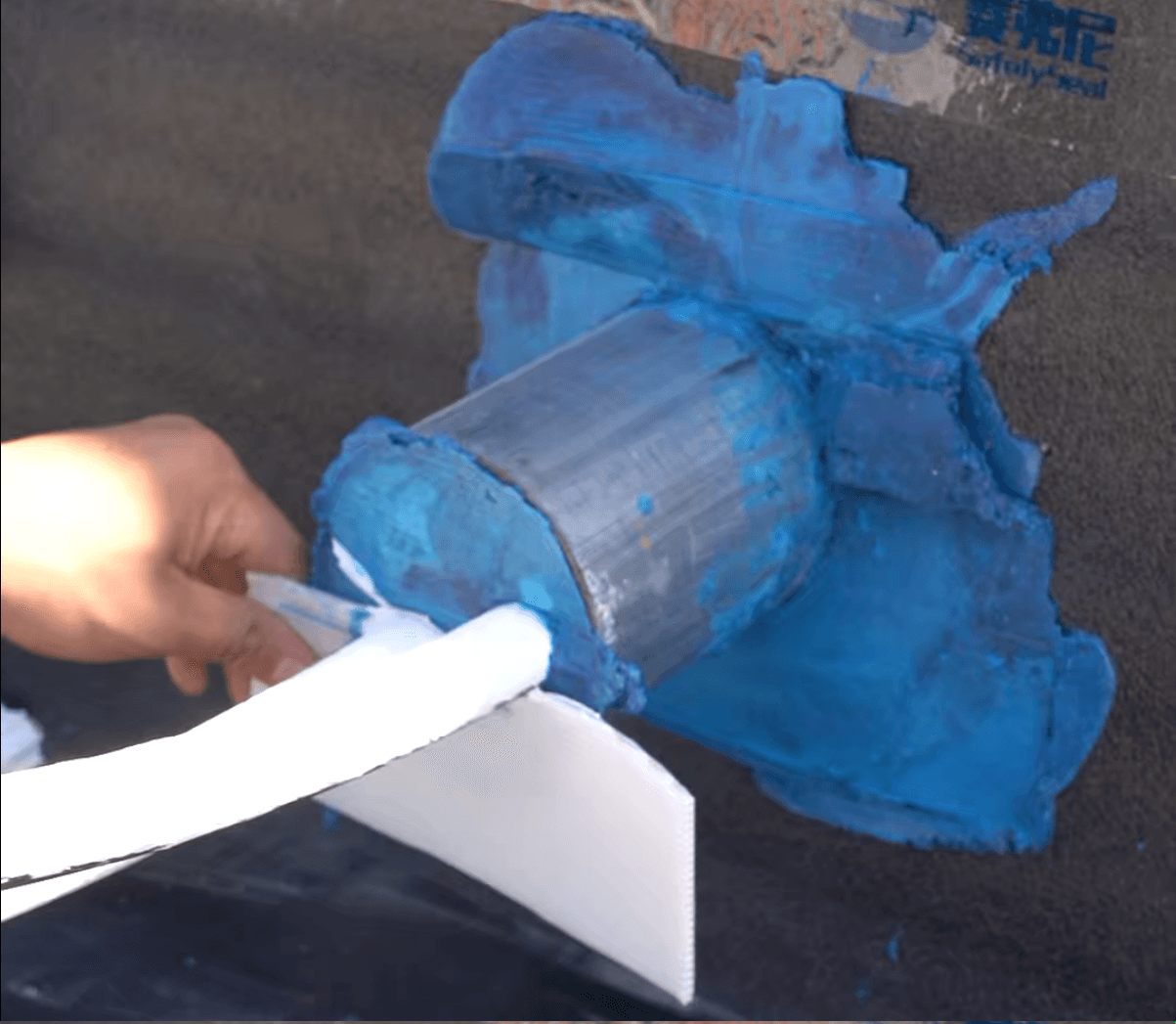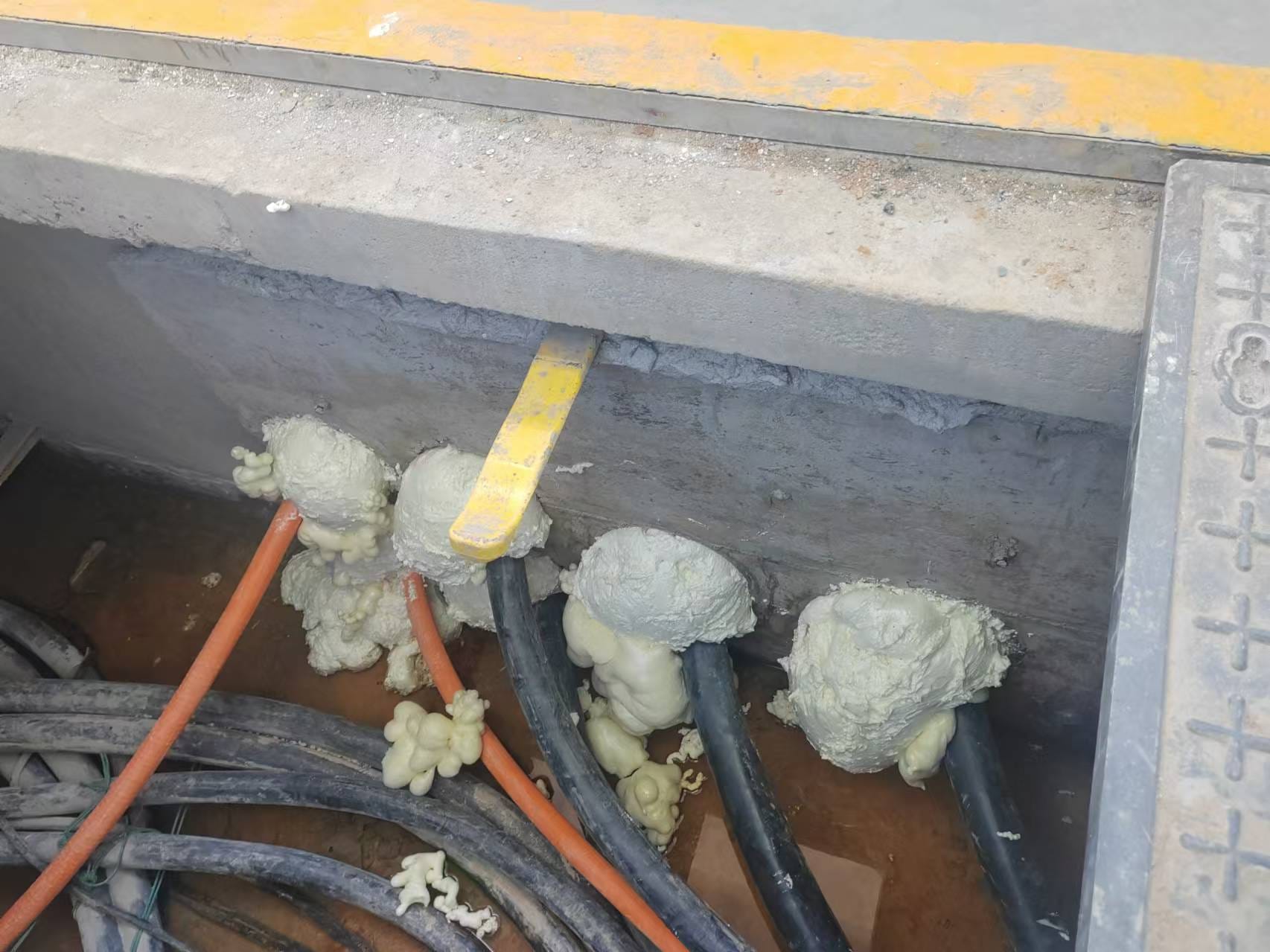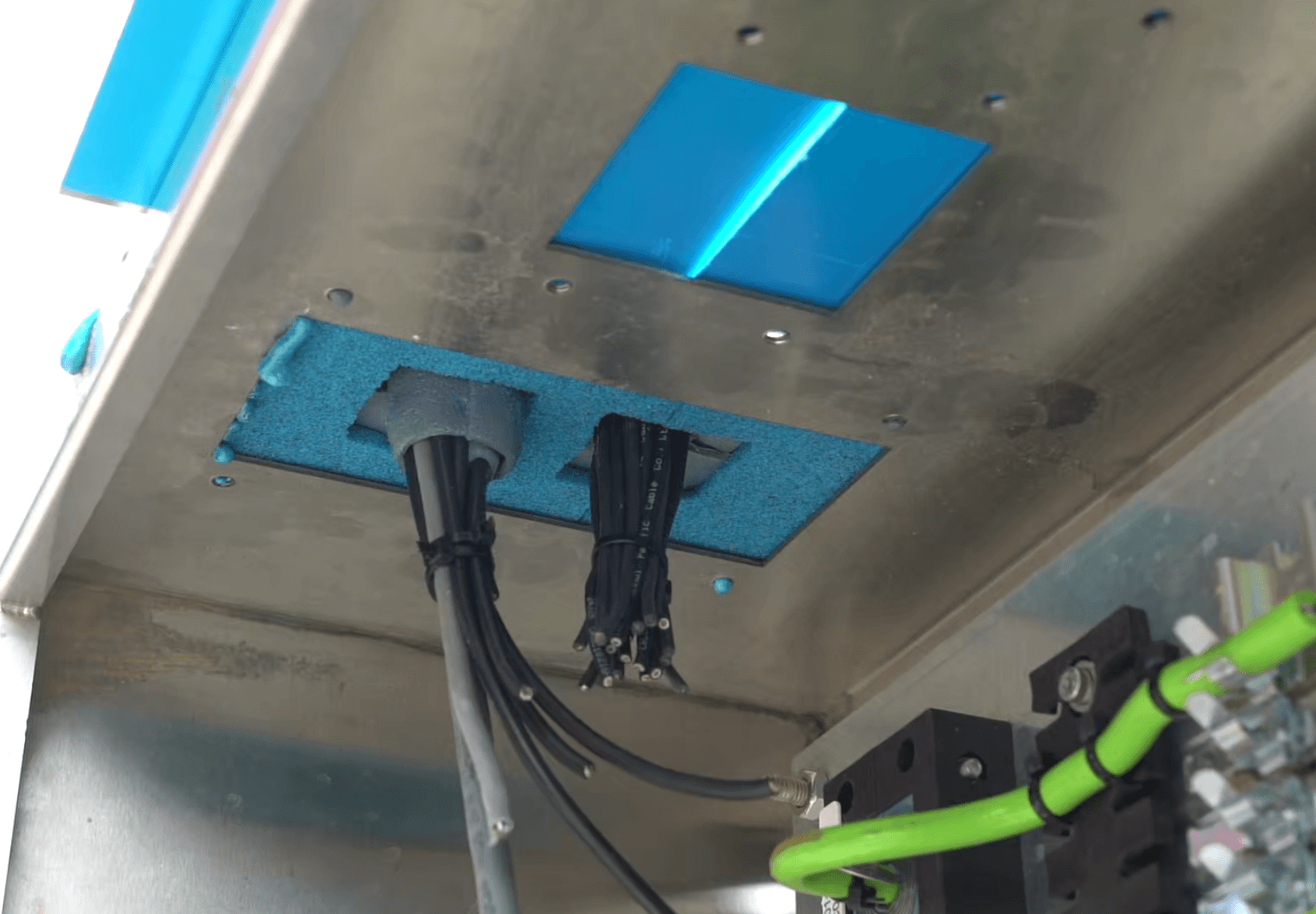When it comes to fire safety, choosing the right intumescent sealant is crucial. These products expand when exposed to high temperatures, creating a barrier that helps prevent the spread of fire and smoke. But with so many options available, how do you choose the right intumescent sealant for your needs? Here’s a guide to help you make an informed decision.
1. Understand the Basics
Intumescent sealants are fire-resistant materials that expand when heated. They seal gaps, joints, and penetrations in structures, providing a barrier against fire and smoke. Understanding the basics is the first step in making the right choice.
2. Determine Your Application
Identify the specific application for which you need the sealant. Different projects may require different types of intumescent sealants. Common applications include:
Construction Joints: Sealing expansion joints, control joints, and other gaps in buildings.
Electrical Installations: Sealing around cables and conduits to prevent fire spread.
Pipe Penetrations: Sealing around pipes that pass through fire-rated walls and floors in plumbing systems.
Doors and Windows: Applying around door and window frames to enhance fire resistance.
3. Check for Certifications
Make sure the intumescent sealant you choose meets relevant safety standards and certifications. Look for products that are UL-listed, FM-approved, or have other recognized certifications. These standards ensure the sealant has been tested and proven to perform under fire conditions.
4. Consider Material Compatibility
Different intumescent sealants are designed for compatibility with different materials, such as concrete, steel, wood, and plastics. Make sure the sealant you choose is compatible with the materials used in your project to achieve optimal performance.
5. Evaluate Expansion Rate and Fire Rating
The expansion rate and fire rating are important factors to consider. The expansion rate tells you how much the sealant will expand when exposed to heat, while the fire rating tells you how long the sealant can withstand fire. Choose a sealant with an appropriate expansion rate and fire rating for your application to ensure maximum protection.
6. Assess Installation Requirements
Consider how easy the sealant is to apply and what installation requirements it has. Some intumescent sealants come in cartridges or tubes for easy application with a caulking gun, while others may require more specialized tools or methods. Choose a product that aligns with your installation capabilities and resources.
7. Review Environmental and Health Factors
Check for any environmental or health considerations associated with the sealant. Look for products that are low in VOCs (volatile organic compounds) and free from harmful chemicals. This ensures a safer environment for both installers and occupants.
8. Read Customer Reviews
Look for customer reviews to get insights into the performance and reliability of the intumescent sealant. Feedback from other users can give you valuable information about how well the product works and how easy it is to use.
